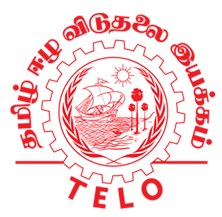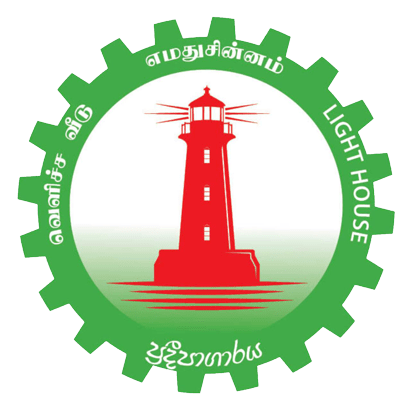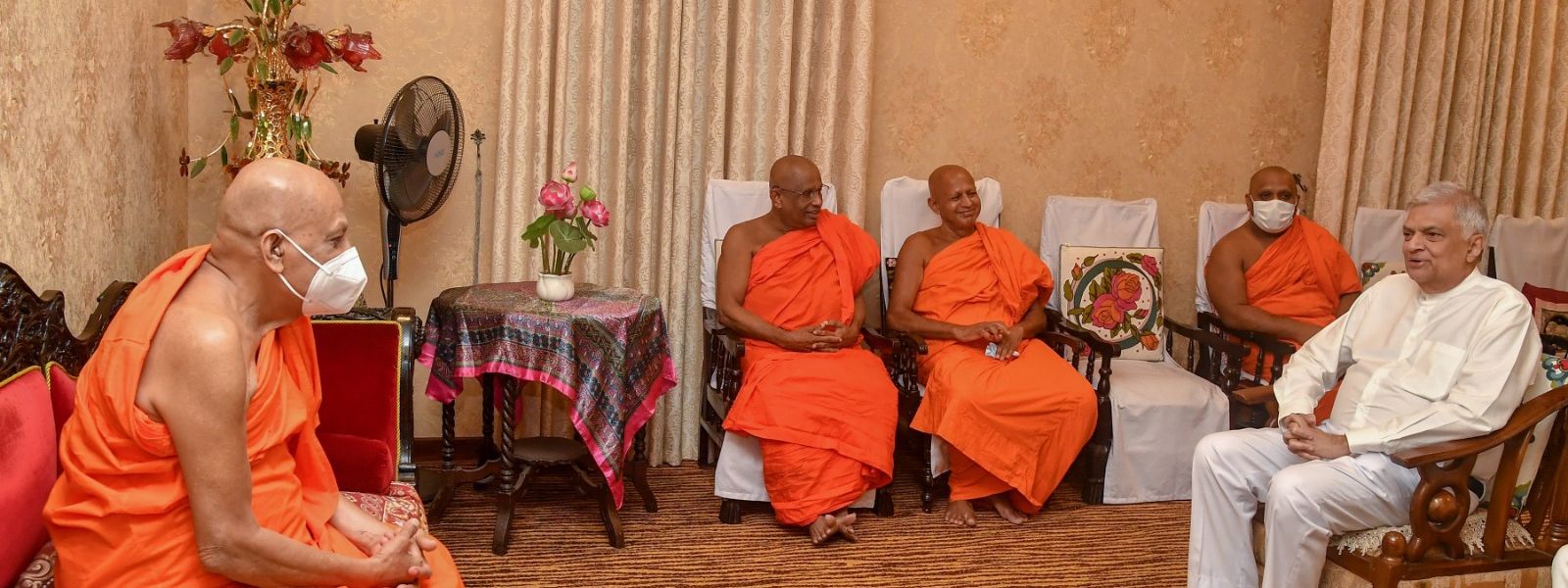Our Genetic Commonalities
It has been proved by DNA studies conducted by Professor Kamani Thennekoon and others (cited in her article dated Feb. 2019 in The Island) that: “Most DNA studies comparing both the Sinhalese and Sri Lankan Tamils show no large genetic difference, suggesting that both populations have a common ancestry native to the island”. Further, “The study of genetic admixture revealed that the Sinhalese of Sri Lanka have a higher contribution from the Tamils of Southern India (69.86%) compared with the Bengalis of northeast India (25.41%), whereas the Tamils of Sri Lanka have received a higher contribution from the Sinhalese of Sri Lanka (55.20%) compared with the Tamils of India (16.63%)”. Three conclusions flow from this. First, the Sinhalese also came from South India and are, for the most part, of Dravidian origin (69.8%). Second, the Sri Lankan Tamils have been in Lanka for a very long time – because the study finds that: “Sri Lankan Tamils showed a closer genetic affiliation to Sinhalese than to Indian Tamils”. Third, the Sri Lankan Tamils are genetically as much Sri Lankan as the Sinhalese. No politically motivated tying of the Sri Lankan Tamils to the Tamils of South India can alter this fact.
The conclusions of the above genetic studies are also borne out by (Sri Lanka born) anthropologists. Professor Gananath Obeyesekere, Professor Emeritus of Anthropology at Princeton University (USA) who states: “Except perhaps for the oldest stratum of settlers prior to 500 BC, almost all subsequent settlers in Sri Lanka came from South India, mostly from Tamil Nadu, Orissa, and Kerala and quickly became Sinhalised. In fact, some of the most vociferously anti-Tamil castes among the Sinhalese were post-fifteenth century migrants from South India. By contrast, the Tamils of Jaffna and the East Coast have been in Sri Lanka from at least the tenth to the fourteenth centuries AD, if not earlier”. This same view is echoed by Professor H.L. Seneviratne, Professor Emeritus of Anthropology at the University of Virginia (USA), who goes even further, stating: “In the broad perspective, one look at the ethno-demographic spread of peoples in the subcontinent makes it quite obvious that the Sinhalese are a variety of Tamils, as are other ethnic and linguistic groups of South India. ………. In particular, it is striking that the Sinhala Buddhists have forgotten the fact that it is in South India that Buddhism survived centuries after its disappearance from the north.” (The Island,Jan 2014). It is also significant that many Tamils in Lanka were Buddhist at least up to 500 CE.
In light of the above studies, it is strange that the writer knows from three different Sri Lankan Tamils, who were actually asked to go back to ‘their country’ by separate Sinhala Buddhists. The Sinhalese have distinguished themselves by embracing the noble religion/philosophy of Buddhism. However, if we are talking only about race, the Sinhalese should be asked to return to ‘their country’ too. Their racial and religious claim to the island rests only on the doubtful text of the Mahavamsa, which is disputed by many.
The rest of this article seeks to show how the majority community is trying to hijack this country as being solely its own, thus denying the minorities of their Lankan inheritance. The Sri Lankan Tamils have been in the island for over 2000 years. They seem to be part of the same migration from South India that brought the people who later got Sinhalised in the island.
We are not talking about who came first to the island. We are dealing with two communities/ nations already in the island – and what should be the relationship between them. It is the British that placed the Tamils together with the Sinhalese in a unitary state, and granted all political power into the hands of one community (only), that has actually torn us apart. Acting in the belief that Ceylon was one nation, the British set up boundaries of a unitary state together with a parliamentary system, providing an easy way for the Sinhala-Buddhist majority to take over the state. Tisaranee Gunasekara in her ground-breaking article has painted the picture correctly (Groundviews, February 7, 2023) entitled: “The country we have lost to Sinhala-Buddhism”. She is writing from an all-country perspective, which is badly needed: I am writing from a minority perspective. The British have put the minorities in the same colonial cage (the unitary state) as the Sinhalese, thus empowering them to throw away the key!
Independence and the Rise of Sinhala-Buddhism as a Political Ideology
In the states of Europe, the racial and religious rivalries were settled over 300 years of wars and bloodshed before they became nation states. It took 300 years after that for democracy to emerge. In the case of Ceylon, existing racial and religious differences were swept under the rug, so that a ‘nation state’ could be proclaimed, to be crowned by democracy. Independence was granted to Ceylon on Mr. DS Senanayake’s undertaking that Ceylon would be a secular state, governed by the rule of law and protecting minority rights. Sinhala-Buddhism as a political ideology has reneged on that undertaking. This amounts to a constitutional coup d’etat by the Sinhala-Buddhist majority, reneging on its promise of a secular state, and hijacking the state that the Tamils and Muslims too call their own. In effect, the British put the Tamils into the same colonial cage (of a unitary state) with the Sinhalese – and gave them the power to throw away the key! The Sinhala people’s complete control of the electorate will ensure that the colonial cage of the unitary state will never be unlocked. The point is that we always start with the assumption of the unitary state that the British left us – although our own history should teach us otherwise.
Ads by FatChilli
Colonial Boundaries Determine Election Results
The British left us with our current boundaries – which we all take for granted. However at one time, Ceylon was part of the Madras Presidency of India (Tamil Nadu today). If the British had left us like that, our official language would be Tamil, while Hindi would be our national language! Would any Sinhalese have accepted that? We start with what the British left us– a unitary state. However, given the rise of Sinhala-Buddhism supremacy, the minorities would definitely have been better off if our boundaries had been left as they were when the first colonizers (the Portuguese) came to the island. Why always start from the boundaries of the unitary state that the British left us – and no other?
Creation of Conditions for Sinhala-Buddhist Domination
In their hurry to leave after World War II, the British wished to believe that they were leaving behind a nation state in Ceylon. They willfully mistook their own history in order to do so.
Second, the British (and also the French) left behind a unitary state, which they preferred for centralized control and administrative convenience. On the other hand, if we had been under American influence, we would have inherited a more devolved constitution – or even a federal one, as did some countries in Latin America.
Third, the British and French left behind parliamentary constitutions modeled on their own. In Sri Lanka, It took little time for the majority Sinhala-Buddhists to capture Parliament and to divide the country by the Sinhala Only Act (1956). The 1972 Constitution followed, which ordained that sovereignty resided in Parliament, where the Sinhalese had a permanent and monopolistic majority.
Fourth, the British Constitution has no Bill of Rights. In any case, safeguards for the minorities under our constitution/s could be abrogated by a 2/3rd majority of Parliament, which can always be conjured up by raising the Sinhala-Buddhist cry. Moreover, what is the use of constitutional safeguards when organized violence can achieve even more?
Finally, the British created the boundaries of a unitary state.
The above vulnerabilities in our constitution have been seized upon by the electoral majority to change the nature of the state to conform to its own image (only). This has had the effect of dividing the Sri Lankan nation along racial and religious lines.
‘Electoral Democracy’
All our constitutions implicitly assumed that the democratic process would be able to solve any communal differences that would arise. On the contrary, each General Election has only exacerbated our communal differences. Unfortunately, we have achieved only electoral democracy – and not the rest of democracy. .
The futility of the minority vote was confirmed by the recent Presidential election, where President Gotabaya was elected, despite all the minorities voting against him. Thus, the minorities are damned if they vote – and doomed if they don’t! It is not a coincidence that the voting results in the last Presidential election showed conclusively the separation between the two nations inhabiting our island. In fact, the actual vote in the past Presidential Election was stratified in exactly the same way in which Prabhakaran intended dividing the country, with the north and east voting resolutely against President Gotabaya. It also shows that the members of the Tamil and Muslim minorities do not want to live under Sinhala rule, despite having lived together with the Sinhalese in a unitary state for over 75 years.
To be fair, we can argue the opposite of all the above. If by some chance, the Tamils held the majority in Parliament, they would probably have done the same thing as the Sinhalese: accumulate all power to themselves and make the state look like them too. Hence, this is not only a communal problem, but also a constitutional one.
Different Nations in Our ‘Nation State’
The Sinhalese were the first to claim that they were a different nation, a race with an ancient Buddhist heritage, with a different race, religion, language and culture from the minorities. The political dominance of Sinhala-Buddhist nationalism has advanced in three stages. The first is for Sinhala-Buddhist nationalism to be equated with Sri Lankan nationalism. The second stage is for Sinhala-Buddhist nationalism to be equated with the Sri Lankan state. The third stage is for Sinhala-Buddhism, acting in the name of the state to take over the Tamil-speaking north and east. This has resulted in an Army of occupation that prides itself on belonging to a different race, does not speak the language of the governed, nor practise its religion, and rules against the will of the governed. It is true that there are individual Sinhalese who have given up so much to make a positive difference in the lives of the Tamils in the north and east.
The problem is that there is not only a Sinhala-Buddhist nation in Sri Lanka, but also a Sri Lankan Tamil nation, with differences of race, religion, language and culture from the Sinhalese. This Sri Lankan Tamil nationalism has been accentuated by the war that lasted over 25 years. The Tamils do not wish to be ruled by a constitutional system that allows the Sinhala Parliamentarians by a vote among themselves (the Tamil MPs will always be out-voted) to decide the fate of the Tamils in the North and East. There is also the Muslim community, with a distinct religion and culture, with a heavy presence in the Eastern Province. This community, after being shamefully victimized by the Tigers, is now feeling the brunt of Sinhala-Buddhist nationalism. Sri Lanka’s tragedy is to deny the reality of our plural society – and to think that these differences can be resolved by military force or by mob violence. The aragalaya is over now; and it is time to step back into our separate communal identities, as Sinhalese, Tamil or Muslim!
The Policies and Politics of Sinhala-Buddhist Supremacy
The chief priests of the Asgiriya and Malwatte chapters have vetoed any attempt at devolution. Is this only race; or is this politics or religion talking? Thus the political ideology of Sinhala-Buddhism seems to work politically, racially and ‘religiously’. This combination of populism, authoritarianism, racism and overt militarism, backed by the clergy, marked the rise of fascism in Spain, Italy and Germany.
Sinhala politicians have convinced the Sinhala majority to reject federalism or even devolution. However, our unitary constitution has served only to divide the country. Although the territory was ‘unified’ by the war in a unitary state, never have the people been more divided. And this is after 75 years of our unitary constitution!
Devolution or federalism might be the only means of keeping the country together under democracy. It can be held together by the military – but for how long? The whole argument of this article is that the Sinhalese people do not have a God-given right to determine the rights and future of the Sri Lankan Tamil people. They have this power only by virtue of the power left to them by the British, the betrayal of the promise made at independence, and by victory in the recent civil war – albeit by using the internal and external resources of the state.
There only three possibilities left:
1. An independent state for the Sri Lankan Tamils and Muslims.
2. A devolved or federal state: this option may be our last chance to survive as a democracy.
3. A colony in the north and east, held down by a Sinhala Army, ruling a people against its will. We know that this is not the intention of the Sinhala people; but it is the reality on the ground.
If the first two alternatives are rejected, there is only the last alternative left. It would be a‘colony’ ruled by an army, that prides itself on being of a different race, that does not speak the language of the people, nor practise its religion, ruling against the people’s will – in fact, the definition of a ‘colony’. The majority in the electorate does not seem to care that its desire for a Sinhala-Buddhist state has resulted in a state that is racial, sectarian, authoritarian, militaristic, permanent and corrupt – the aragalaya notwithstanding. The Sri Lankan Tamils, who voted against this outcome, remain trapped in the same colonial cage with the Sinhalese, in a state that is spinning out of control.


